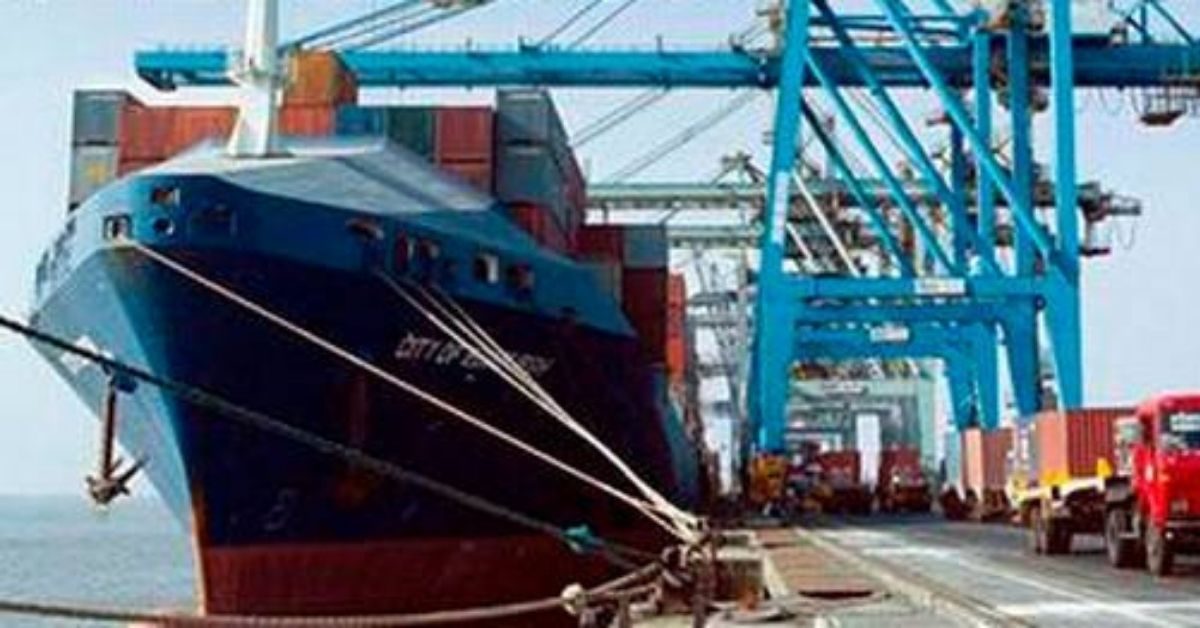During December 2023, central government-owned ports in India handled cargo volumes of 69.9 mmt, a tepid year-on-year (Y-o-Y) growth of 0.7 per cent. At the same time, non-major ports handled volumes of 58.1 mmt, which is a growth of 8.1 per cent over the previous year.
While there was a 3.3 per cent growth in overseas cargo handled at major ports during the month, a near 8 per cent decline in coastal cargo (at 15 mmt) rendered the overall cargo volumes flat under this category.
For non-major ports, the growth in overseas cargo was 10.3 per cent while for coastal cargo, it decreased by 0.03 per cent Y-o-Y in December.
According to experts, some of Tamil Nadu electricity board’s thermal coal cargo has shifted out of Visakhapatnam Port to Gangavaram Port in Andhra Pradesh.
This has contributed to an increase in coastal traffic at Andhra Pradesh Maritime Board by 59 per cent in 2023-24.
Non-major ports in Odisha have also seen a near 60 per cent rise in coastal cargo, albeit on a low base of 0.2 mmt.
So far this financial year, food grains, excluding pulses, have recorded the highest contraction of 82 per cent in major ports.
It was followed by cement at 18.3 per cent, sugar 9.5 per cent, coking coal 6.7 per cent, and other commodities and fertilisers at 6 per cent and 4.1 per cent, respectively.
Gujarat’s Deendayal Port Trust, or Kandla Port, has lost nearly 7 million tonnes of overseas cargo in 2023-24.
The major port, which accounts for 16 per cent of all cargo volumes among major ports, primarily handles foodgrain, coal, and timber.
Officials said that the port’s volumes were primarily hit by the ban on exports of non-basmati rice.
On the other hand, private ports in Gujarat have recorded an increase of over 7 per cent in their overseas cargo volumes.
The slowdown has led to Kandla losing its place as the port with the most cargo handled (among major ports), to Odisha’s Paradip Port. Paradip has recorded a 14 per cent growth in its overseas cargo and handled 105 mmt of total cargo.
Around 92 mmt of cargo was shipped via inland waterways during the first three quarters of the financial year.
This is approximately the same as the volumes in FY23.








